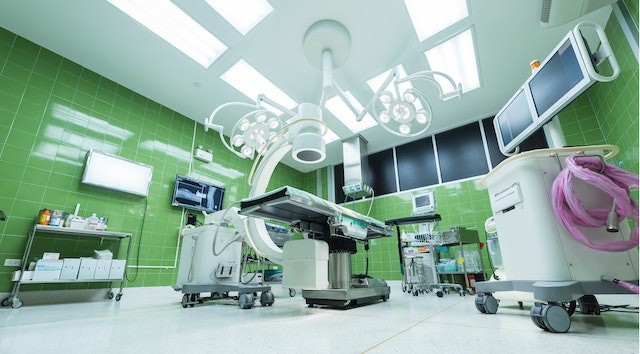
Hospitals have evolved in terms of their services and tools. According to a new report, technology now plays a significant role in health facilities.
Hospitals Use Advanced Tools for Surgery, Diagnosis
Wired has listed several technological advancements in hospitals. Among the most notable are the fully autonomous surgical robots.
A surgical robot Johns Hopkins University researchers created can carry out operations independently. The robot can plan and adjust throughout an operation thanks to its 3D vision and machine learning system. The Smart Tissue Autonomous Robot successfully stitched the ends of a pig intestine to execute a laparoscopic surgery on porcine tissue models last year.
Aside from robots, there are also smart surgical tools like the iKnife, which can identify diseases like cancer within seconds. The technology, created by academics at Imperial College London, combines an electrosurgical blade with a mass spectrometer. It functions by applying an electrical current to biopsy tissue and evaluating the smoke that comes from it chemically. In a recent study, the iKnife had an 89 percent diagnosis accuracy for womb cancer.
Aside from a knife, there's also a smart toilet. The U-Scan, a 90-mm pebble-shaped urinalysis device mounted to a toilet bowl that examines biomarkers in urine, including ketone and vitamin C levels, was introduced by smart home manufacturer Withings in March 2023. The device may also follow women's monthly hormonal changes by detecting luteinizing hormone and pH levels. The smart toilet has a three-month battery life.
3D printing has also made its way into the medical field through 3D printing organs. A woman in San Antonio, Texas, received a right outer ear implant in February last year. Her left ear's cartilage cells were taken out and replicated into billions of copies before being output by 3DBio Therapeutics' GMPrint bioprinter to create the ear. It was the first implant of its kind, but numerous labs worldwide have also produced skin, bones, and miniature organs using 3D printing.
Easier, More Convenient Therapy and Monitoring
Therapies, patient monitoring, and documentation have also never been easier with the current technology. For instance, therapy can now be done through virtual reality.
Researchers from the University of Oxford and the health technology firm Oxford VR discovered that VR therapy was more effective than conventional therapy at easing agoraphobic patients' symptoms. The Greater Manchester Mental Health Foundation Trust is now using the therapy known as gameChange for people with psychosis. It places patients in a simulated environment, such as a café or on a bus. The study was published in the medical journal The Lancet.
A team of Australian and Iraqi engineers has also made it possible to monitor patients' blood pressure without physical contact. They developed a device that films the patient from a short distance for 10 seconds and analyzes the footage using an image-processing algorithm that can extract vital health signals from two regions in the forehead. The same team also developed contactless monitors for temperature and oxygen saturation.
For easier documentation, Microsoft's speech recognition company Nuance allows medical staff to generate clinical notes during a patient's appointment through the software DAX Express which utilizes ambient AI and OpenAI's GPT-4.
Check out more news and information on Technology in Science Times.
© 2025 ScienceTimes.com All rights reserved. Do not reproduce without permission. The window to the world of Science Times.










